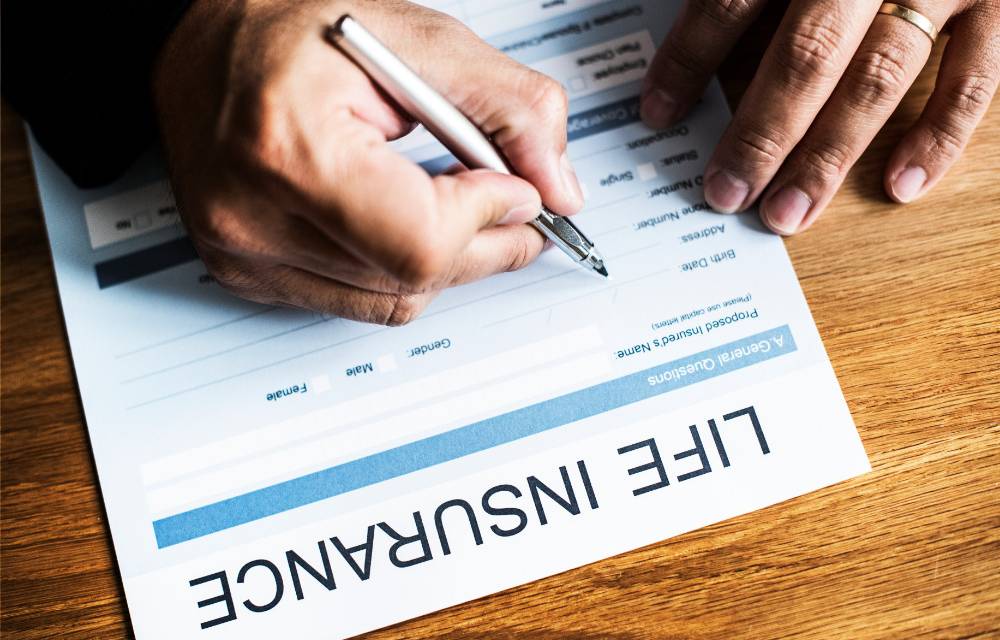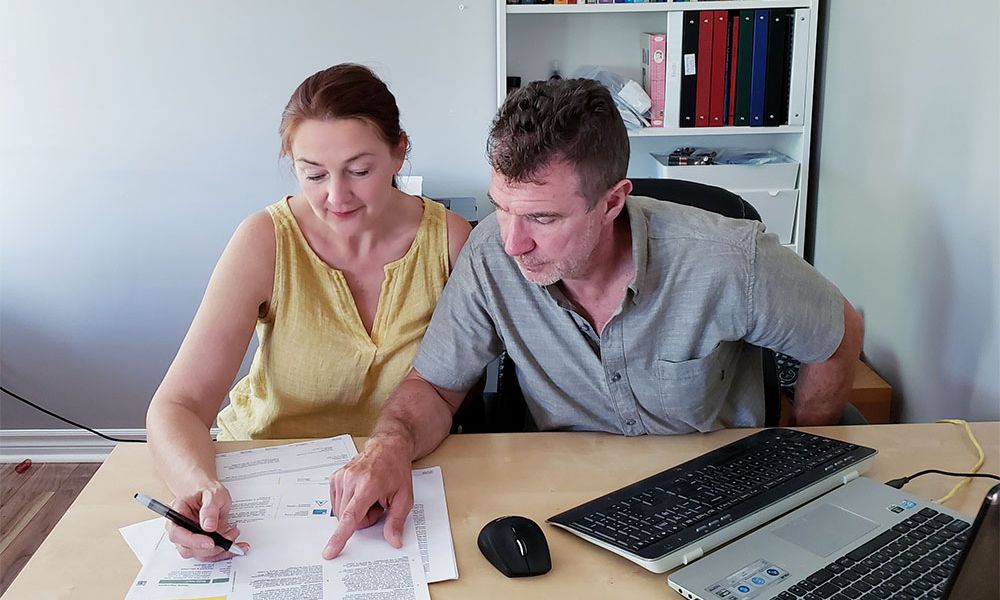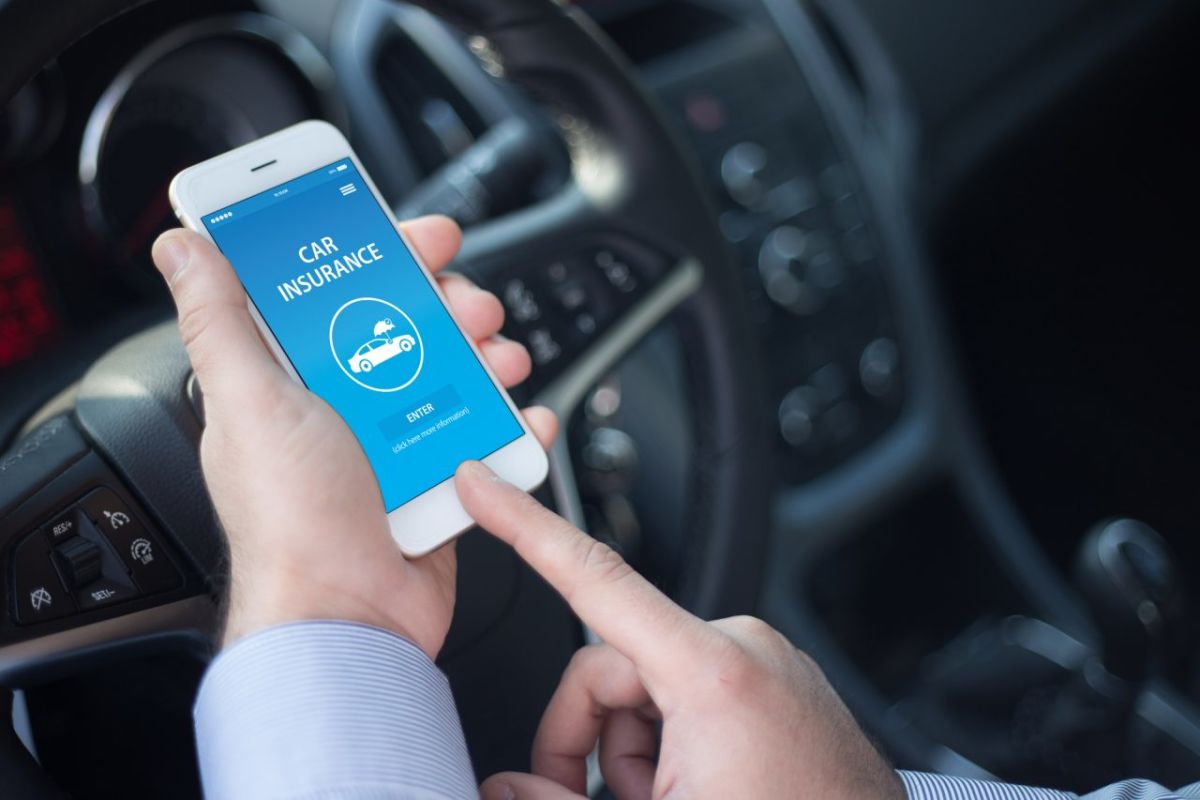
Instant Insurance: How Long to Get Car Coverage?
TABLE OF CONTENTS
Questions answered:
Have you ever pulled out a recipe you wanted to make for dinner, and then realized you were supposed to marinate the steak three hours earlier? Then you know the value of planning ahead.
Even so, in all the excitement of car shopping, you may have overlooked one, fairly important detail: getting car insurance. And it’s no wonder. Arranging for car insurance is the least interesting and most tedious part of buying a car. But still, it must be done. All 50 states in the U.S. require you to carry some form of car insurance, such as liability to cover damages in an accident you caused and, possibly, uninsured motorist coverage, too.
KEY TAKEAWAYS
- 1
If you already have insurance on another vehicle, that policy may temporarily cover new car purchases automatically.
- 2
You must legally secure car insurance before you drive your car anywhere.
- 3
You can get car insurance quickly, as long as you have all of the information on hand.
Whether you’re buying the car from a dealer or a private party, you should have the insurance in place before you drive away. The timing here is tricky. You don’t want to pay for the insurance before you’ve decided on the car. But then you decide to buy the car, and you can’t drive anywhere until it’s insured. There are two ways to manage this:
Two options: Insurance before or after car purchase
If you already own an insured vehicle, check with your insurer on how new car purchases are handled. Your insurance company may temporarily extend coverage automatically to any new cars you purchase. This is a convenient perk that allows you to drive home while covered, so you don’t have to shop for insurance while you’re trying to close the deal. If your insurer offers this grace period, it lasts for a few days, at most. Ideally, you’d head home and then immediately arrange for the insurance on your new car.
You could also buy the insurance online or over the phone after you purchase the car, but before you drive it away. This is easiest if you’re buying the car from a dealer — at least there’s a place for you to sit while you arrange for the insurance. It’s less convenient when you’re buying from a private party. You probably don’t love the idea of shopping for car insurance while standing in a stranger’s driveway. The good news is, in this digital age, you can actually get car insurance pretty fast. If you are organized, the whole process of buying car insurance can take as little as 15 minutes.
Ready to get organized? Step 1 is to collect the information and documents you’ll need.
How to best get car insurance quickly and efficiently:
1. Gather the information you need to get car insurance.
Let’s start with the information the insurer will ask about you and the other drivers in your household. Be prepared to provide:
Your Social Security number
Birthday, gender, and marital status
Your occupation
Address, and whether you rent or own your home
All information about any existing car insurance you have
Whether you’ve received any tickets and been involved in any accidents
How far do you drive each week
The names, Social Security numbers, and driving information of all other drivers in your household
The insurer also needs to know the specifics about your car:
Year, make, and model
VIN — not needed to get a car insurance quote, but the VIN is needed to buy the insurance
Any safety features, such as antilock brakes and anti-theft devices
Current odometer reading — not needed to get a car insurance quote; most insurers will ask for this when you buy the insurance or shortly thereafter
And, finally, some information usually needs to be shared in document form, including:
A copy of your driver’s license
Voided check — Some insurers offer a discount if you set up automatic payments from your checking account, but you won’t need the voided check for a quote.
The declarations page of your current auto insurance policy if you have one
Proof of ownership of the vehicle — not needed for a quote, but required to buy the insurance
Proof that you qualify for any discounts available — a report card, for example, to qualify for the good student discount
2. Know your coverage options and caveats.
Next, you’ll choose your coverage levels. Start by verifying the minimum car insurance requirements in your state. Your insurer will not sell or quote coverage that does not meet those minimum legal requirements. But, in some states, the insurer is legally required to offer you coverages that you can decline. If you know the required minimums, you won’t inadvertently end up with the coverage you don’t want.
The main types of car insurance coverage are:
Property damage liability — helps pays for property damage caused by you, up to the stated coverage limits
Bodily injury liability — helps pays for someone else’s medical and related expenses resulting from an accident you caused, up to the stated coverage limits
Personal injury protection — helps pay for the medical expenses of you and your passengers, no matter who caused the accident
Collision — helps pay for damage to your car resulting from an accident with another vehicle or an object
Comprehensive — helps pay for damage to your car resulting from weather, vandalism, and theft
Uninsured or underinsured motorist coverage — helps pay for damages resulting from a hit-and-run accident, or an accident caused by someone else who wasn’t carrying enough insurance to cover those costs
Some states have other options, too. For example, in California, an insurer might offer you a collision deductible waiver — a feature that eliminates your deductible if you’re hit by an uninsured motorist.
3. Choose ideal coverage and deductible limits.
You might be inclined to stick with the state-imposed minimum coverage limits and the highest deductibles possible. That combination will certainly get you the lowest insurance premiums. But carrying too little insurance or too high of a deductible can be problematic later. If the damage exceeds your policy’s coverage limits, you must pay for the overage out of your pocket — and that can drain your savings pretty fast. If you have cash savings or other assets, you can protect them by raising your coverage limits above the state-imposed minimums.
Deductibles present a similar problem. Higher deductibles keep your premium costs low, but they can also strain your cash flow. Experts recommend setting your deductibles based on the size of your cash emergency fund. If you have a few thousand dollars in a cash savings account, you can get by with a $1,000 deductible. But if you’re living paycheck to paycheck, a much lower deductible is the better choice. You can also consider other ways to save on insurance.
4. Shop around for optimal options.
When you’re worried about how long it takes to get car insurance, start gathering quotes as soon as possible. Assuming you know what type of car you’ll buy, shopping around early streamlines the process of actually purchasing the coverage. You can get most of the form-filling completed and the insurer can start verifying your driving record and contact information.
Once you have auto insurance quotes in hand, the remaining steps of securing coverage are straightforward. All you have to do is accept the terms, confirm the coverage start date, and provide a form of payment.
5. Make your first premium payment
Payment is the most important step in the insurance-buying process because that’s when the insurer initiates your coverage. If you buy car insurance online, you should immediately receive temporary proof of coverage, in the form of a car insurance binder. If you pay your premium over the phone, your insurance agent should email you that binder. The binder acts as temporary coverage until the insurer issues your full policy.
6. Receive binder or policy issuance
There’s always a delay between paying for coverage and receiving your auto policy. During this time, the insurer is verifying your information and documenting your coverage internally. Once that administrative work is done, the insurer issues the policy along with your official proof of insurance. Keep this new proof of insurance on hand, because it replaces the binder you received initially.
Car insurance application FAQs
Can you get car insurance on the same day?
Larger insurers do offer car insurance with same-day coverage. You can call and speak to an agent, or use an online quoting system. You’ll be asked about a coverage effective date; you’d request the current date. Once you provide your information, the insurer does a quick verification of your driving record, address, and credit history. You get the quote, choose your coverages, and pay. That process can be as quick as 15 minutes from start to finish.
Does car insurance go into effect immediately?
Once you pay the premium, your car insurance goes into effect on whatever date you selected as a coverage start date. If you asked for coverage to begin right away, then yes, the car insurance goes into effect immediately.
When does proof of insurance arrive after getting car insurance?
Proof of car insurance comes in several forms. When you purchase coverage, you should receive temporary proof of insurance right away. That comes in the form of a binder, which usually expires within 30 days. Before the binder expires, you should receive insurance cards and a policy. You can use the cards or the policy’s declaration page to act as permanent proof of insurance. If your insurer has an app, you may also be able to log in and use a digital version of your insurance card as proof of coverage.
How long does it take to get car insurance?
In a pinch, you can get car insurance as fast as 15 minutes — but only if you plan ahead and have all of the information on hand. If you’re in the process of buying a car, shop for insurance as you shop for the car. Know what coverages you want and, roughly, how much they cost. You’d ideally choose your preferred insurer, too.
Or, instead of doing all this quickly, you could do most of it ahead of time. Think of that pre-work like marinating the steak. You’re getting the tedious work done early, leaving just one step to complete the process. The final step for your steak is to throw it on the grill. And for your insurance, provide a form of payment over the phone or online to secure that coverage once the car is purchased.
TABLE OF CONTENTS


Trying to find the best insurance?
We'll help you find the policy that offers the best value for your situation.
Further Reading

Navigating the Digital Insurance Landscape Considerations
A look at the immense value and high customer lifetime potential within the insurance sector.
Read article

When is Term Life Insurance Worth it?
Decide if term life's advantages are worth it: compare whole vs term life insurance, assess top term providers, and delve into in-depth reviews.
Read article

Insurance Binder: Bridging Between Coverage and Confirmation
From car loans to rental properties, insurance binders are required in a variety of situations. Discover the ins and outs of these essential documents.
Read article

Haven Life Review: Providing Prudent and Protective Policies
Uncover the benefits and drawbacks of Haven Life's term insurance policies, along with eligibility details, pricing, and customer feedback..
Read article
Start Comparing Quotes
Search from our learning center to learn everything from how to easily switch your car insurance to the ins and outs of home insurance.
Fill out just one form and get multiple quotes!




